Shipping container rental offers a practical solution for both individuals and businesses in need of secure storage. These steel containers are well-suited for a variety of uses, ranging from temporary warehousing to serving as mobile offices. With their sturdy construction, shipping containers provide a level of security and protection against the elements that is difficult to match.
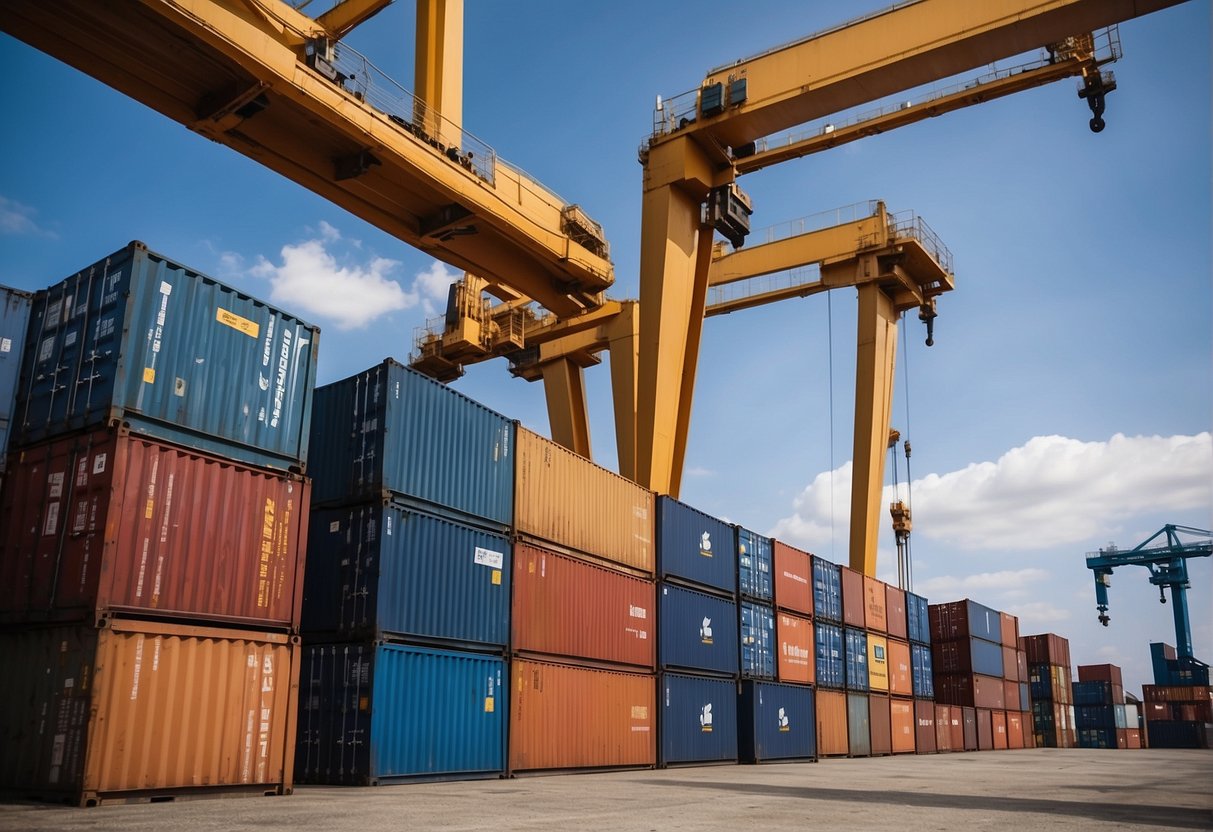
The flexibility of renting a shipping container lies in the variety of sizes and modifications available. Providers typically offer options from 10-foot to 40-foot lengths, with features to suit specific needs, such as refrigeration for perishable goods or insulated walls for climate control. Renting these containers provides the convenience of on-site storage without the long-term commitment or capital investment of purchasing.
Moreover, the process of obtaining a rental container is designed for customer convenience. Companies deliver the containers to a specified location and pick them up once they are no longer needed. This service eliminates the need for clients to arrange transportation, making it an efficient and hassle-free storage solution. Whether for short-term projects or long-term use, shipping container rentals can adapt to suit the evolving needs of its users.
Understanding Shipping Container Rentals
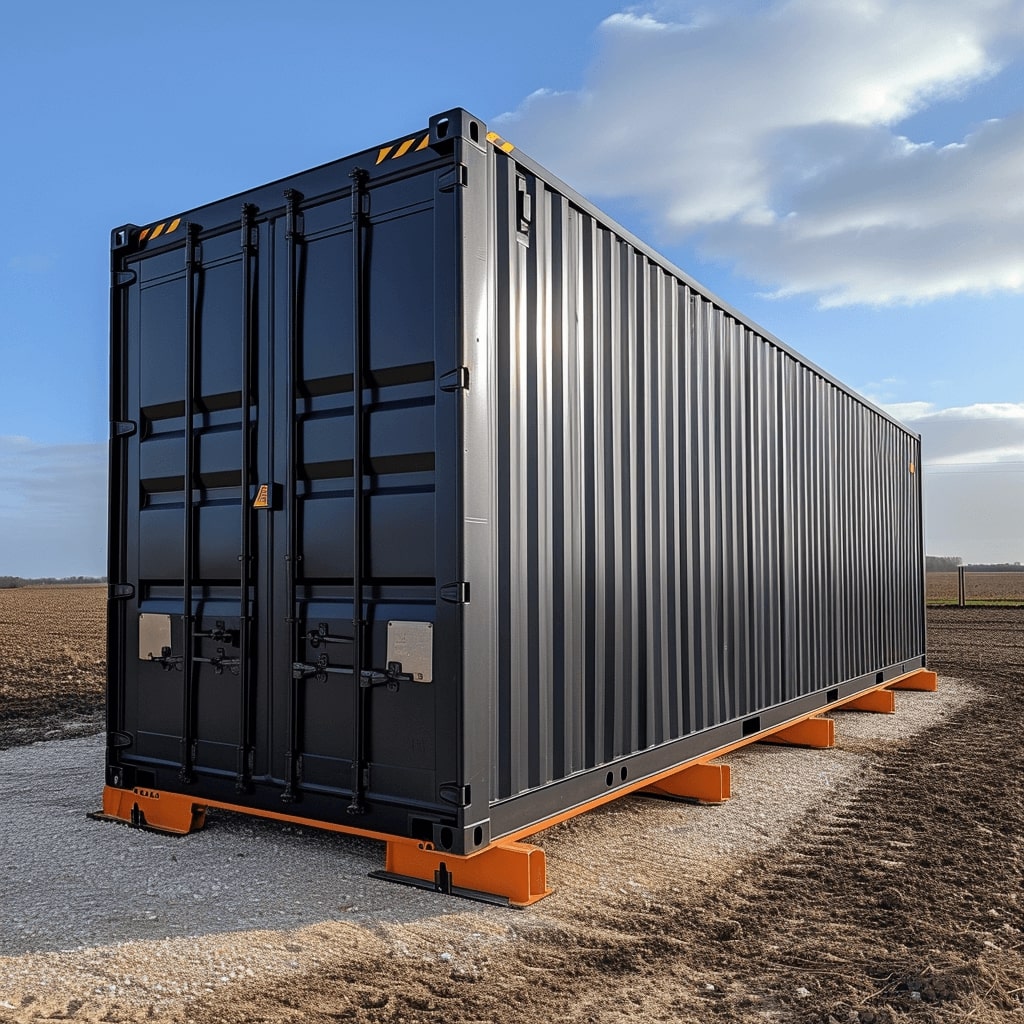
Renting shipping containers is a practical option for individuals and businesses in need of temporary storage or transport solutions. This section provides a clear overview of the types available, their specifications, and the benefits of opting for container rentals.
Types of Shipping Containers
Shipping containers come in various designs, each serving specific industry needs. Standard containers are the most common and suitable for a wide range of cargo. High cube containers offer additional height for taller items. Specialty containers such as double door varieties allow for easier loading and unloading of bulky goods.
Size and Specifications
The size of a shipping container is pivotal in determining its suitability for different applications. Common lengths include 10′, 20′, and 40′, with width and height typically standardized at 8′ wide and 8.6′ high for standard containers. The high cube containers stand taller at 9’6″ to accommodate oversized items. When considering renting a shipping container, it’s essential to match the container size and specifications with the intended use.
Benefits of Container Rentals
The flexibility of renting a shipping container is a significant advantage, allowing for both short and long-term use without the commitment of purchasing. Container Addict’s 2024 Guide mentions the strength of these containers to withstand shipment, storage, and handling, making them a durable option for various needs. Renting also helps to reduce upfront costs while still delivering the robust security and protection of assets that shipping containers are known for.
Applications of Rental Containers
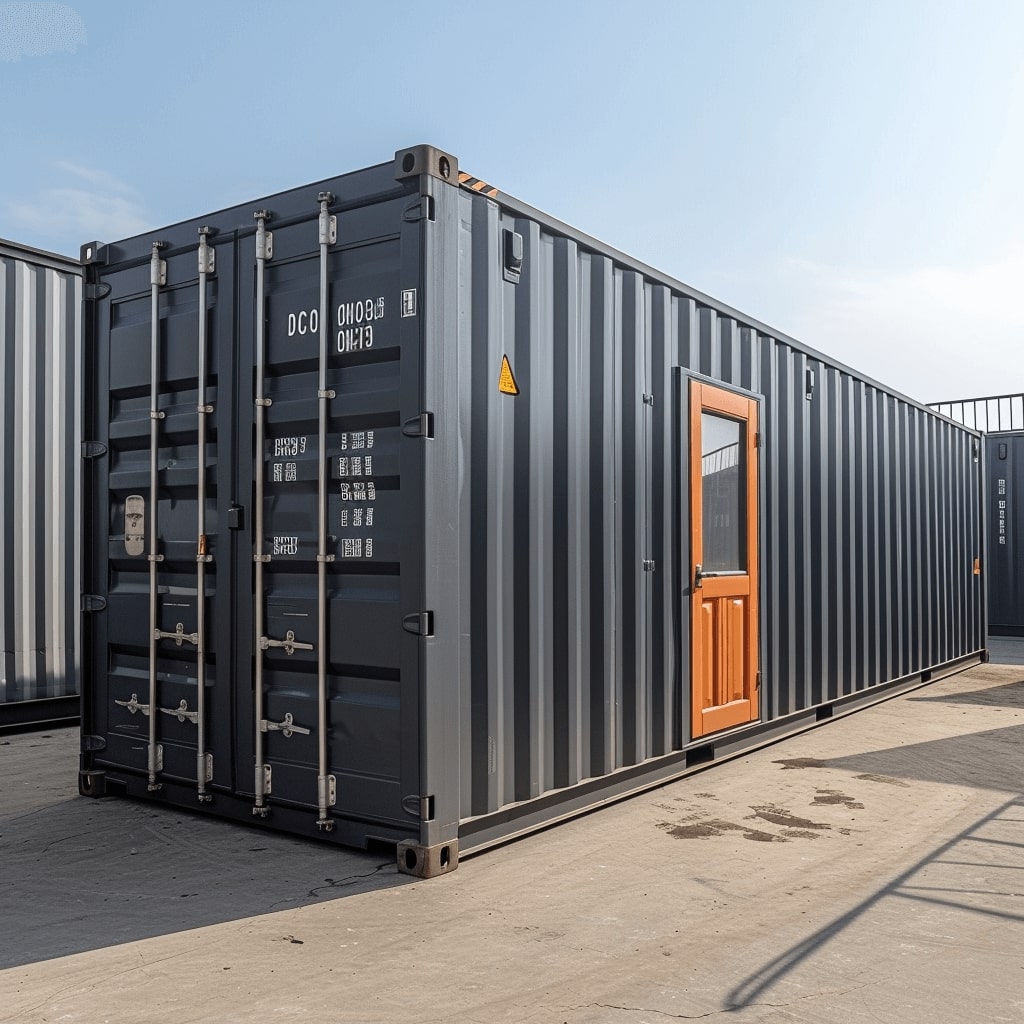
Rental shipping containers offer versatile solutions across various sectors, providing secure spaces for storage, transportation, and even workspace needs. These containers come in handy for transitional periods or when a permanent structure isn’t feasible.
Construction and Industrial Use
In sectors rife with project-based activities, such as commercial construction or industrial applications, shipping containers provide an ideal solution for temporary storage and equipment protection. Construction sites benefit from the flexibility of renting containers for durations that align with project timelines. These metal units can safely house tools, machinery, and supplies, shielding them from weather and unauthorized access.
- Advantages:
- Secure lock systems
- Weather-resistant materials
Retail and Inventory Management
For retail businesses managing fluctuating inventory levels, the scalability offered by rental containers is invaluable. During peak seasons, stores can accommodate surplus merchandise using these containers. This practice aids in preventing overstocking within the primary retail space, thus optimizing in-store layouts and customer shopping experiences.
- Use Cases:
- Backstock storage for excess furniture and merchandise
- Pop-up store setups
Event and Temporary Storage
Events from corporate functions to festivals require temporary storage solutions that shipping containers can provide. These units house promotional materials, tents, and electronics securely on-site. Additionally, containers are used in the healthcare sector during events or emergencies, showcasing their adaptability for sensitive and critical storage applications.
- Event Roles:
- Securing audio/visual equipment
- Short-term medical supplies depot
Shipping container rental streamlines operations across various domains, proving its worth as a flexible and robust choice for a multitude of storage and occupational requirements.
Rental Process and Planning
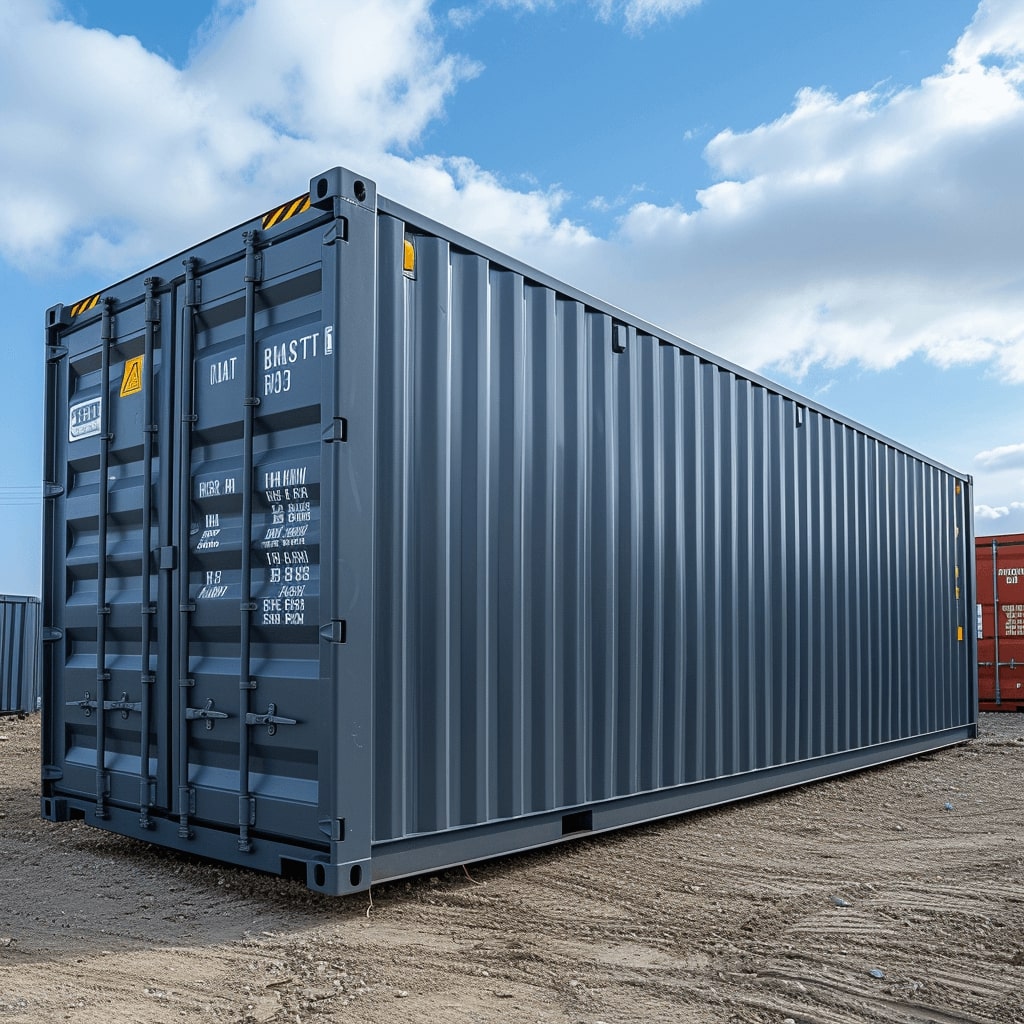
When considering the rental of shipping or storage containers, careful planning and a clear understanding of the process are essential. Renters must determine the correct type and size of container they need and manage the logistics of delivery and setup.
How to Rent
To rent a shipping container, one must first assess their specific needs for portable storage. This involves determining the duration of the rental and the intended use, such as for an on-site storage solution or a temporary office container. Prospective renters should then contact reputable vendors, often found through dedicated container rental websites. It is important to ask about the rental terms, availability, and any additional services offered, like customization options.
Choosing the Right Container
Choosing the correct container is pivotal. The key considerations include:
- Size: Common lengths are 10, 20, and 40 feet.
- Type: Options range from standard containers to specialized office containers.
- Condition: Choose from new, used, or refurbished based on budget and aesthetics.
- Customization: Modifications can include insulation, windows, or shelving.
When selecting, consider the container’s planned location and ensure it meets the port’s regulations if applicable.
Delivery and Setup
Once the rental agreement is in place, the vendor will plan the delivery of the container. The site must be accessible, and preparing a stable, level surface is crucial for safe placement. Delivery usually involves:
- Coordination: Scheduling a drop-off date that aligns with the project timeline.
- Logistics: Ensuring there is adequate space for the delivery truck and container.
- Installation: Positioning the container securely, often requiring specialized equipment.
For long-term rentals, on-site storage containers may also require periodic maintenance checks agreed upon with the vendor.
Customization Options
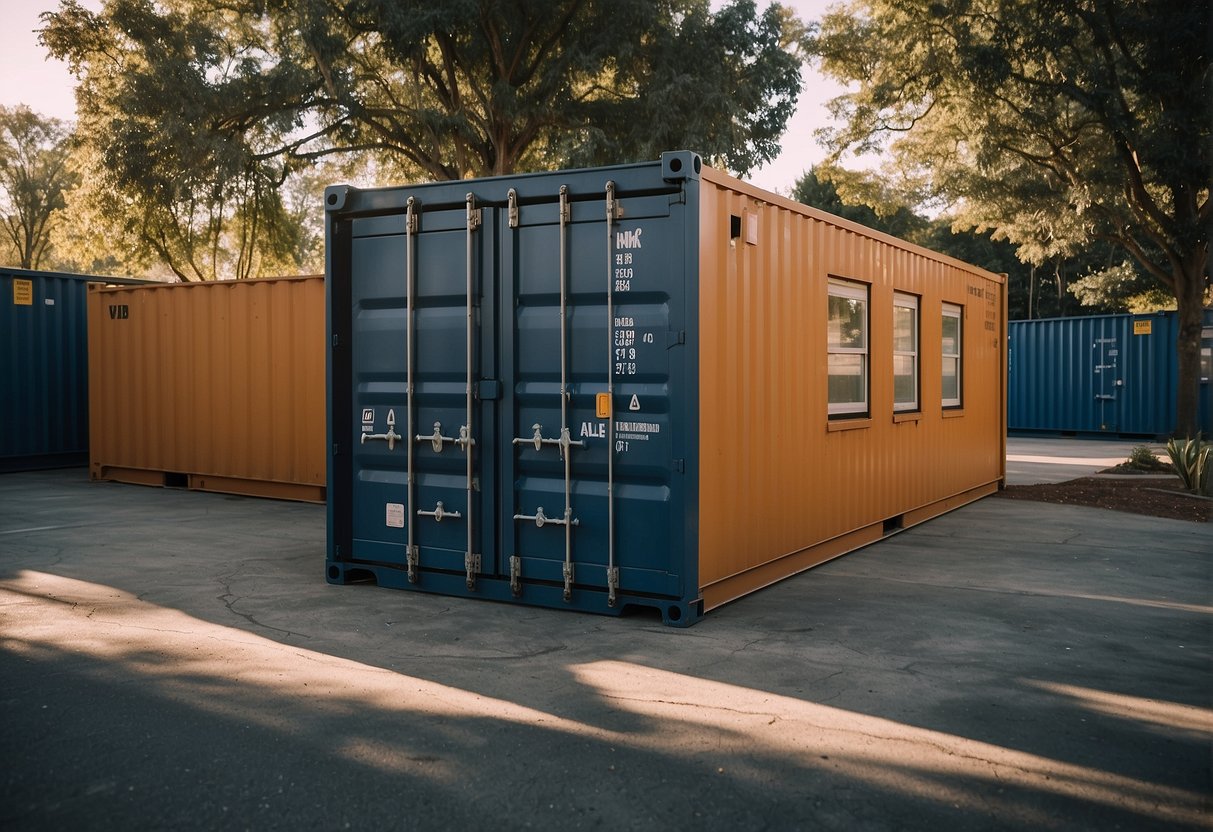
When considering shipping container rental, one of the key advantages is the breadth of customization options available. Renters can tailor containers to their specific needs through a variety of accessories, security features, and purpose-driven modifications.
Accessories and Add-Ons
Rental companies often provide a wide range of accessories to enhance the functionality of shipping containers. From shelving units to optimize space to the installation of vents for air circulation, these add-ons are designed to meet diverse storage needs. Power and lighting options can be added to create a well-lit and electrically equipped space, useful for on-site offices or workshops.
- Shelving: Maximize vertical storage space with customizable shelving solutions.
- Ventilation: Install vents to maintain airflow and reduce humidity.
Security Features
Containers can be fortified with advanced security features to protect stored items. Lockboxes and heavy-duty, 14-gauge steel doors ensure that contents are safeguarded against unauthorized access. For heightened security, sophisticated locking mechanisms and alarm systems can also be implemented.
- Lockboxes: Deter theft and provide an extra layer of security.
- Steel Doors: Utilize 14-gauge steel for robust protection against break-ins.
Modifications for Specific Needs
Clients can customize containers with specific modifications that align with their unique use cases. Containers can be transformed into mobile offices, pop-up retail stores, or project sites with the implementation of solar panels for energy efficiency or accessories bespoke to their operation. This customization can turn a standard container into a versatile space that serves a particular purpose beyond just storage.
- Power Sources: Equip with traditional wiring or eco-friendly solar panels.
- Custom Modifications: Tailor containers for unique functions, from offices to retail spaces.
Maintenance and Care

Renting a shipping container comes with the advantage of mitigating maintenance responsibilities, yet understanding care practices is key to ensure longevity and optimal condition of the unit.
Keeping Containers in Good Condition
To keep shipping containers in good condition, it’s imperative they undergo regular inspections. Tenants should examine both the interior and exterior for signs of rust, dents, and structural damage. Proper care also includes controlling moisture levels inside the container to prevent the proliferation of mold or mildew. It is recommended that any detected issues be reported to the rental company promptly for timely maintenance.
- Physical Checks: Bi-annual inspections for wear.
- Cleaning: Sweep floors and wipe down surfaces to remove debris.
- Reporting: Communicate any damages immediately.
Weatherproofing and Insulation
A key aspect of maintenance involves ensuring containers are weatherproof. This typically includes checking and repairing sealant around doors and windows, ensuring they’re watertight. Furthermore, insulation is a critical factor for temperature-sensitive goods. Adding or maintaining adequate insulation helps to protect against extreme temperatures and reduces condensation.
- Sealant Inspection: Quarterly checks on door/window seals.
- Insulation Integrity: Yearly review of insulation effectiveness, especially if modifications are made.
By adhering to these maintenance and care tips, shipping containers can remain secure and in premium condition, ready to withstand the elements and serve storage or transport purposes efficiently.
Cost Considerations

When considering the rental of shipping containers, prospective renters should be aware of the various cost factors. Pricing can vary widely based on factors such as container size, rental duration, and company pricing models.
Pricing Structures
The pricing structures for shipping container rentals are usually determined by size, condition, and lease terms. For a typical used 20 ft dry van (DV) container, monthly rental fees can range from $95 to $150, depending on the lease duration. A larger, used 40 ft DV container may cost between $125 and $175 per month. These prices are indicative and can fluctuate based on supply, demand, and geographic location.
Comparing Rental Companies
When comparing rental companies, it is crucial to evaluate not only the rental costs but also the value-added services they offer. Some companies may provide advantages such as free delivery or maintenance services included in the rental price. For instance, firms like United Rentals might offer a comprehensive service package that justifies a higher rate, while others may offer lower base prices but charge additional fees for these services.
Long-Term vs. Short-Term Rental
Evaluating long-term vs. short-term rental options is essential for cost-saving strategies. Long-term storage typically results in a lower monthly rate compared to short-term arrangements. For example, the cost for retaining a used 20 ft DV container can diminish significantly, from $150 per month for a 3-month period to $95 per month for an entire year. This demonstrates the potential savings that can be achieved by committing to a longer rental term.
Regulations and Compliance
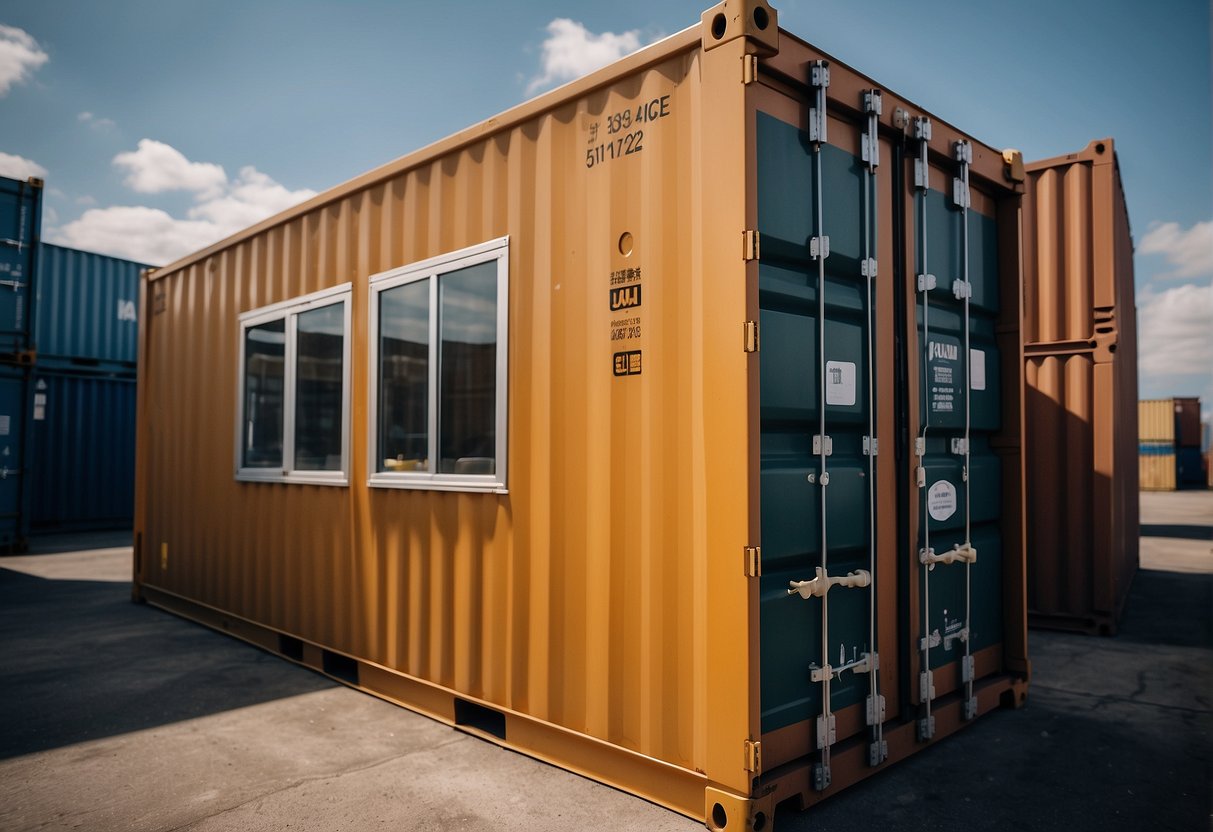
Renting shipping containers entails adhering to local laws and meeting rigorous safety standards to ensure compliance. Entities involved must navigate zoning, permits, and safety regulations efficiently.
Local Zoning and Building Codes
Local zoning ordinances dictate where shipping containers can be located and how they may be used. For instance, residential areas might have different requirements compared to commercial zones. Prospective renters should check with local planning departments for specifics, which might include:
- Minimum lot size requirements
- Building setbacks from the property line
- Architectural design constraints
Additionally, building codes can affect the modification and use of shipping containers. Renters must ensure that any modifications are compliant with the International Building Code (IBC) or other relevant local codes. For deeper insights into how these regulations impact container usage, one might examine Shipping Container Zoning, Permits, and Building Codes.
Safety Standards
Renting shipping containers also necessitates compliance with safety standards. These standards protect users and ensure that the units are suitable for their intended purpose. Key safety concerns include:
- Structural Integrity: Containers should be wind and watertight, sustain certain loads, and remain structurally sound under pressure.
- Fire Safety: Containers must comply with fire safety regulations, especially if they are being used for storage of hazardous materials.
It’s crucial for renters to confirm that containers meet the Occupational Safety and Health Administration (OSHA) standards, and in some cases, additional fire safety codes under the International Fire Code (IFC). These compliance measures ensure that the container’s access points, emergency exits, and materials used in modifications do not pose a risk to users.
FAQs and Troubleshooting
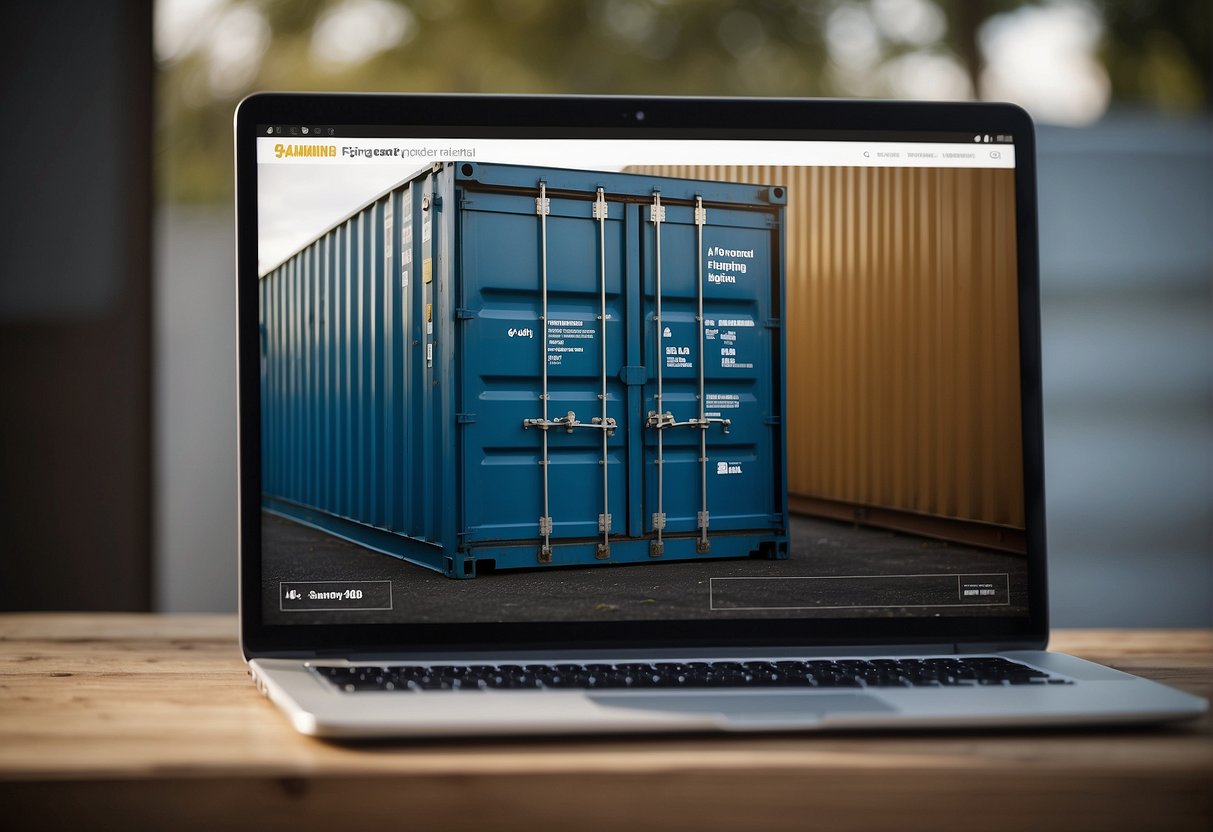
When renting a shipping container, customers often have a range of questions and may encounter occasional issues. This section aims to address these concerns with straightforward advice and effective troubleshooting steps.
Common Questions About Container Rental
What sizes of shipping containers are available for rent?
- Typically, shipping containers come in two main sizes: 20 feet and 40 feet. The 20-foot containers are popular for small to medium storage needs, while 40-foot containers are suited for larger storage or transportation requirements.
How much does it cost to rent a shipping container?
- The cost of renting a shipping container varies by size and condition. On average, a 20-foot container rents for $100 to $150, while a 40-foot container ranges from $150 to $250 per month.
What should be considered when choosing a lease agreement?
- Lease terms can range from short-term to long-term agreements. Renters should consider their project duration and whether they require the flexibility of month-to-month leasing or the stability of a longer fixed term.
Solving Common Issues
Problem: The delivery site is not prepared for the container.
Solution:
- Ensure the site is accessible, with at least double the length of the container in clear, level space.
- Check that the delivery area has no overhead obstructions, like wires or branches.
Problem: The container has sustained damage while on rent.
Solution:
- It is important to contact the rental company’s support team immediately to report the damage and understand the terms for repairs or replacements, as responsibility may differ based on the lease agreement.
